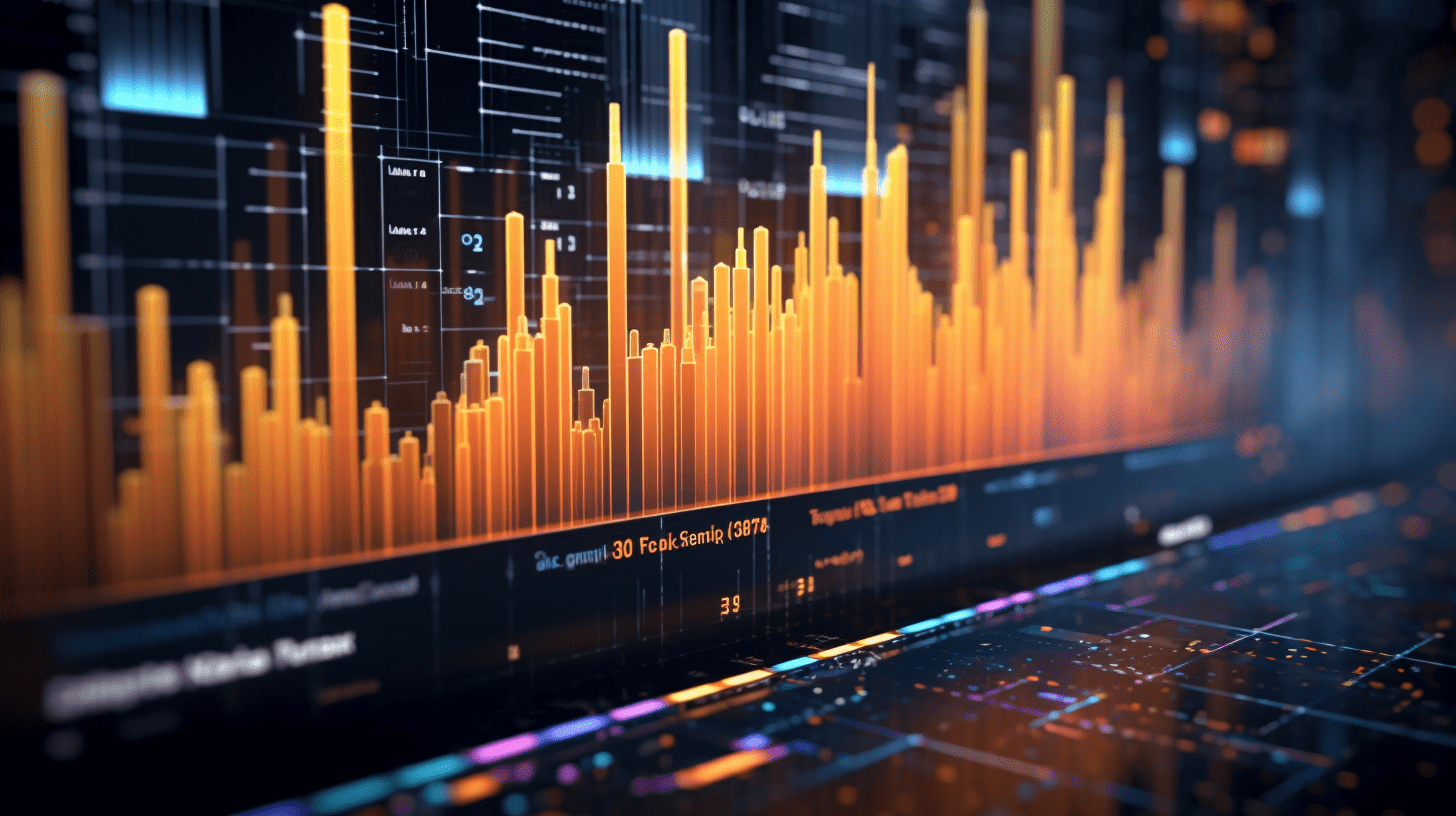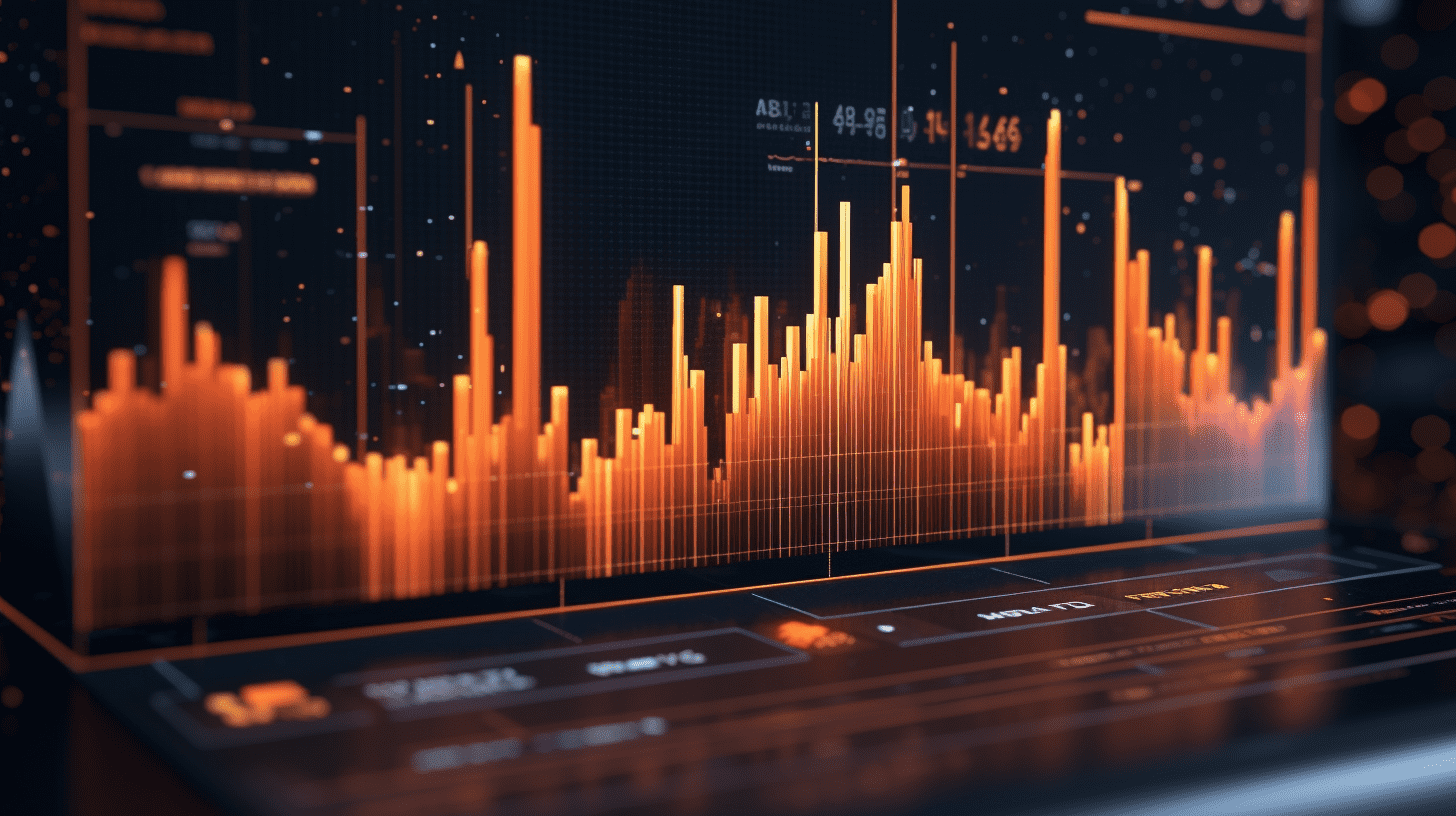The US and Japan have different opinions on the "550 billion US dollar investment": Trump calls it a "signing bonus", while Japan says "America has to pay as well"
This trade agreement was hastily reached during a 70-minute meeting between Japan's chief negotiator and Trump, leaving a huge room for interpretation. This situation has resulted in significant differences in understanding of the agreement between the two sides, especially in terms of investment size and profit distribution.
The recently reached trade agreement between the US and Japan has significant interpretational differences, with the core dispute revolving around the nature of the $550 billion investment plan and the profit distribution method. The Trump administration claims that this is a "signing bonus" that Japan is paying to the US, while Japanese officials clearly state that the US will need to share the risks and contribute financially.
US Commerce Secretary Lutnick claimed on Wednesday that Japan will invest $550 billion in strategic sectors in the US, as a return for the US lowering tariffs from 25% to 15%. Trump went further to say that the $550 billion is a "100%" "signing bonus" for the US, and claimed that the US will receive 90% of the profit share.
However, slides released by the Japanese Cabinet Office on Friday clearly indicate that the profit distribution ratio will be "based on the contribution and risk-sharing of each party." Japanese officials also pointed out that there is no written agreement between the two sides, nor will there be a legally binding document.
Rushed agreement leaves room for interpretation
This trade agreement was hastily reached during a 70-minute meeting between Japan's chief negotiator Ryosei Akazawa and Trump. The meeting took place after a loss of majority seats in the Senate elections for the ruling coalition led by Prime Minister Shizo Abe, marking the latest defeat under his leadership.
Officials familiar with US-Japan negotiations revealed that the agreement left significant room for interpretation. This led to apparent discrepancies in the understanding of the agreement's content, especially in terms of investment scale and profit distribution.
Waseda University political science professor Mieko Nakabayashi pointed out that Abe's election defeat has raised uncertainty about his potential successor, and Trump may be concerned that "his team will have to renegotiate."
Fundamental differences in investment structure
US Commerce Secretary Lutnick described the agreement as a "project financing. We will give it to the operators, 90% of the profits will belong to taxpayers, and 10% will belong to Japan. They essentially lowered tariffs through this commitment."
The Japanese explanation, however, is completely different. According to the Japanese Cabinet Office, part of the $550 billion investment may involve the US government owning assets and making large-scale capital investments, with funds jointly supported by both countries and their affiliated agencies, and then leasing the assets to private sector operators.
A US official admitted that the details of the plan are still being worked out, indicating that there are still disagreements between the two sides on the final arrangement. Maeda Tadahito, president of the Japan International Cooperation Bank, stated that Japanese officials are increasingly supporting the investment model of "government ownership, business operation" in the US, which he believes will be a "very good" way to alleviate the financial burden on the private sector.
Concessions and actual benefits
Japan made some substantive concessions in the agreement, such as allowing the import of American cars without additional safety testing, and reforming subsidy policies favoring hydrogen fuel cell vehicles over electric cars. While Japan agreed to purchase more US rice, the import quota of 770,000 tons remained the same.
Mireya Sols, a senior researcher at the Brookings Institution, commented, "There is nothing inspiring about this agreement. Both sides have made commitments that we are uncertain will be fulfilled... There is no guarantee of the actual level of Japanese investment."
Chang Chun, the director of Asian trade at Eurasia Group, David Boling, believes that overall, Japan seems to have reached a favorable agreement at a small cost, setting an example for other major exporting countries such as Germany and South Korea: "Japan has been playing cards with Trump, the reality is that Trump has better cards... but they (Japan) ended this game in a favorable position."
Related Articles

OPEC+ principle agrees: substantial increase in production again in September.

Just now, massive impairment, Buffett's "one of the biggest investment failures", but the stock god is still the stock god.

How to deal with a weak dollar: is it to sell dollar assets, or hedge against the dollar exchange rate?
OPEC+ principle agrees: substantial increase in production again in September.

Just now, massive impairment, Buffett's "one of the biggest investment failures", but the stock god is still the stock god.

How to deal with a weak dollar: is it to sell dollar assets, or hedge against the dollar exchange rate?

RECOMMEND

Cyberspace Authority Summons NVIDIA Over H20 Chip Security Vulnerabilities
01/08/2025

Trump Confirms Reciprocal Tariff Framework as Deadline Approaches: Canada’s Rate Raised to 35%, Others Ranging from 10% to 41%
01/08/2025

Hong Kong Opens Stablecoin Licensing Window as Note-Issuing Banks Poised to Lead the Charge
01/08/2025


